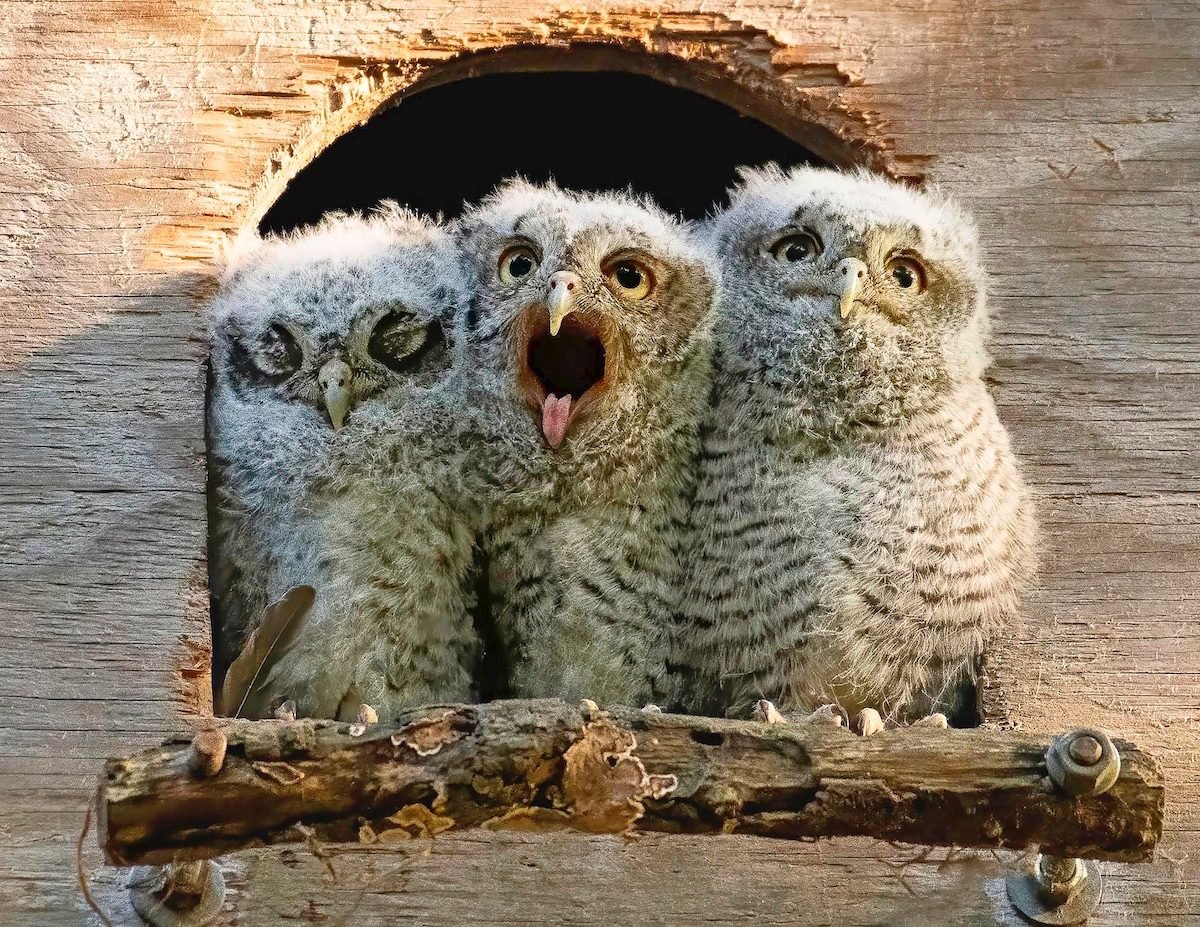
Baby Owls: A Comprehensive Guide to Their Development and Care
Owls, with their captivating eyes, nocturnal habits, and distinctive hooting calls, have long fascinated humans. Among the most adorable members of the owl family are baby owls, also known as owlets. These tiny creatures, with their fluffy feathers and wide-eyed curiosity, evoke a sense of wonder and tenderness.
Life Cycle of Baby Owls
Owls typically lay eggs in clutches of two to four, with the incubation period lasting around 30 days. Upon hatching, owlets are altricial, meaning they are born helpless and rely heavily on their parents for food, warmth, and protection.
Physical Development
- Hatching: Owlets emerge from their eggs with their eyes closed and covered in soft, downy feathers. They are unable to fly or regulate their body temperature.
- Nestling Phase: During the first few weeks, owlets remain in the nest, where they are constantly fed and cared for by their parents. Their eyes open within a few days, and they begin to develop their flight feathers.
- Fledgling Phase: At around 4-6 weeks of age, owlets start to venture outside the nest and practice flying. They are still dependent on their parents for food but gradually become more independent.
- Juvenile Phase: By 8-12 weeks, owlets are fully feathered and capable of flying and hunting on their own. They may continue to associate with their parents for a period of time, but they eventually become solitary creatures.
Behavioral Development
- Vocalizations: Owlets communicate with their parents through a variety of vocalizations, including begging calls, alarm calls, and contact calls.
- Play Behavior: Owlets engage in play behavior, such as chasing and pouncing, which helps them develop their hunting skills and social interactions.
- Learning: Owlets learn from their parents by observing their behavior and imitating their actions. They learn how to hunt, fly, and avoid predators.
Care for Baby Owls
If you encounter a baby owl, it is important to remember that they are wild animals and should not be kept as pets. However, if the owlet is injured or orphaned, it may require assistance.
- Contact a Wildlife Rehabilitator: The best course of action is to contact a licensed wildlife rehabilitator who has the expertise and facilities to care for the owlet.
- Provide Warmth: If the owlet is cold, wrap it in a soft towel and place it in a warm, dark place.
- Do Not Feed: Do not attempt to feed the owlet. Wildlife rehabilitators have specialized diets and feeding techniques to ensure the owlet’s proper nutrition.
- Keep Away from Pets: Keep pets away from the owlet to prevent any potential harm.
Conservation of Baby Owls
Baby owls face various threats, including habitat loss, pesticide use, and collisions with vehicles. Conservation efforts are crucial to protect these vulnerable creatures and ensure their survival.
- Habitat Protection: Preserving and restoring owl habitats, such as forests and grasslands, is essential for their nesting and hunting needs.
- Pesticide Reduction: Reducing the use of pesticides helps protect owls from harmful chemicals that can accumulate in their food chain.
- Vehicle Mitigation: Implementing measures to reduce vehicle collisions with owls, such as installing wildlife crossings and reducing speed limits in owl-prone areas, can help prevent injuries and fatalities.
Conclusion
Baby owls are captivating creatures that play an important role in the ecosystem. Understanding their life cycle, behavioral development, and conservation needs is crucial for their well-being and the preservation of their species. By respecting their wild nature and supporting conservation efforts, we can ensure that these magnificent birds continue to grace our skies for generations to come.
